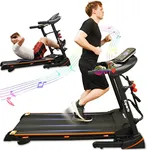Buying Guide for the Best Treadmill For Home
Choosing the right treadmill for your home can be a rewarding investment in your health and fitness. To make the best choice, it's important to consider several key specifications that will ensure the treadmill meets your needs and fits well within your living space. Understanding these specifications will help you navigate the options available and select a treadmill that aligns with your fitness goals, space constraints, and personal preferences.Motor PowerThe motor power of a treadmill is measured in horsepower (HP) and determines how smoothly and efficiently the treadmill operates. This spec is important because it affects the treadmill's performance and durability. Treadmills with a motor power of 2.0 to 2.5 HP are suitable for walking and light jogging, while those with 3.0 HP or higher are better for running and more intense workouts. If you plan to use the treadmill for running or if multiple people will be using it, opt for a higher HP to ensure it can handle the demand.
Running SurfaceThe running surface, or belt size, is the area where you walk or run. This spec is crucial for comfort and safety. A wider and longer running surface provides more room to move and reduces the risk of stepping off the belt. For walking, a belt size of 16-18 inches wide and 45-50 inches long is usually sufficient. For running, look for a belt that is at least 20 inches wide and 55-60 inches long. Consider your stride length and the type of workouts you plan to do when choosing the right running surface.
CushioningCushioning refers to the shock absorption system of the treadmill, which reduces the impact on your joints while running or walking. This spec is important for preventing injuries and providing a more comfortable workout experience. Treadmills with good cushioning are ideal for those with joint issues or those who plan to use the treadmill frequently. If you have sensitive joints or are prone to injuries, look for a treadmill with adjustable cushioning so you can customize the level of shock absorption.
Incline and Decline SettingsIncline and decline settings allow you to adjust the angle of the treadmill's running surface, simulating uphill and downhill running. This spec is important for adding variety to your workouts and targeting different muscle groups. Treadmills with an incline range of 0-10% are suitable for most users, while those with a range of 0-15% or higher offer more challenging workouts. Some treadmills also offer decline settings, which can simulate downhill running. If you want to enhance your cardio workouts and build strength, look for a treadmill with a wide range of incline and decline options.
Speed RangeThe speed range of a treadmill indicates how fast the belt can move. This spec is important for matching the treadmill's capabilities to your fitness level and workout goals. For walking, a speed range of 0-6 mph is usually sufficient. For jogging and running, look for a treadmill with a speed range of up to 10-12 mph. If you plan to do interval training or high-intensity workouts, ensure the treadmill can reach higher speeds and has quick speed adjustment features.
Foldability and StorageFoldability refers to the treadmill's ability to fold up for easy storage. This spec is important for those with limited space. A foldable treadmill can be stored away when not in use, making it ideal for small apartments or homes. Look for a treadmill with a sturdy folding mechanism and easy-to-use locking system. If space is a concern, measure the area where you plan to use and store the treadmill to ensure it fits comfortably.
Console FeaturesThe console features of a treadmill include the display and controls for tracking your workout progress and adjusting settings. This spec is important for monitoring your performance and staying motivated. Basic consoles display time, distance, speed, and calories burned. More advanced consoles may offer heart rate monitoring, preset workout programs, Bluetooth connectivity, and compatibility with fitness apps. Consider what features are important to you and choose a treadmill with a console that meets your needs.
Weight CapacityThe weight capacity of a treadmill indicates the maximum user weight it can safely support. This spec is important for ensuring the treadmill's durability and safety. Most home treadmills have a weight capacity of 250-300 pounds, but some models can support up to 400 pounds. Choose a treadmill with a weight capacity that exceeds your body weight to ensure it can handle your workouts without strain.
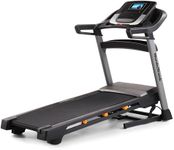
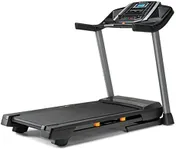

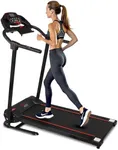

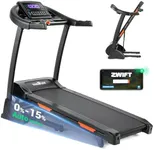
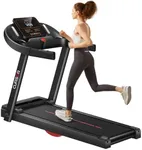
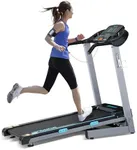
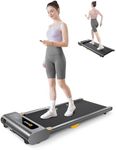



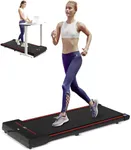
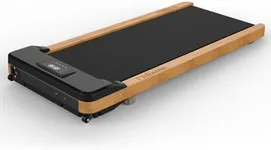
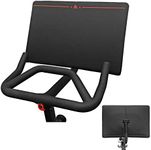
![SPORTY&FIT Folding Treadmill, [0.6-7.5 MPH] [265 LBS] for Running Walking, [Remote & Button Control] Space Saving Compact Treadmill for Apartment- Grey](https://images-proxy.bestreviews.guide/RWkmV2O0Rl8-VEWkWXINUW8wWRs=/0x150/https://m.media-amazon.com/images/I/416sPbMqfiL._AC_CX679_.jpg)
